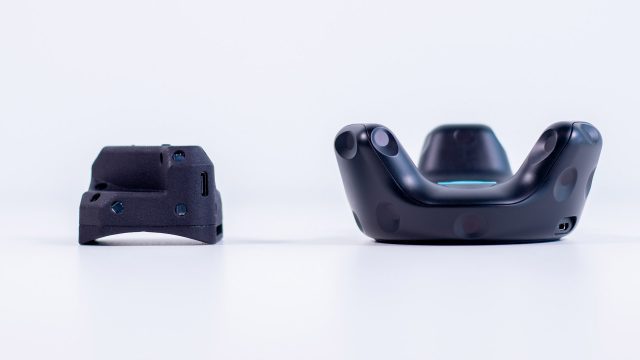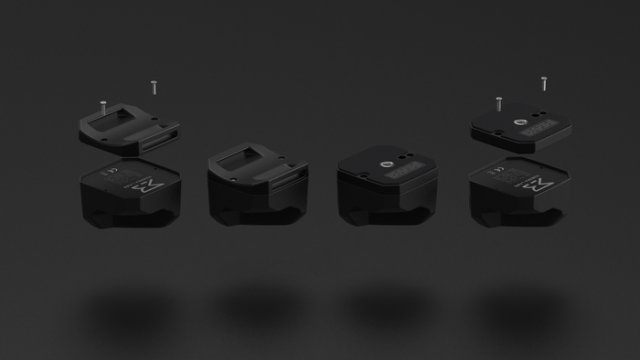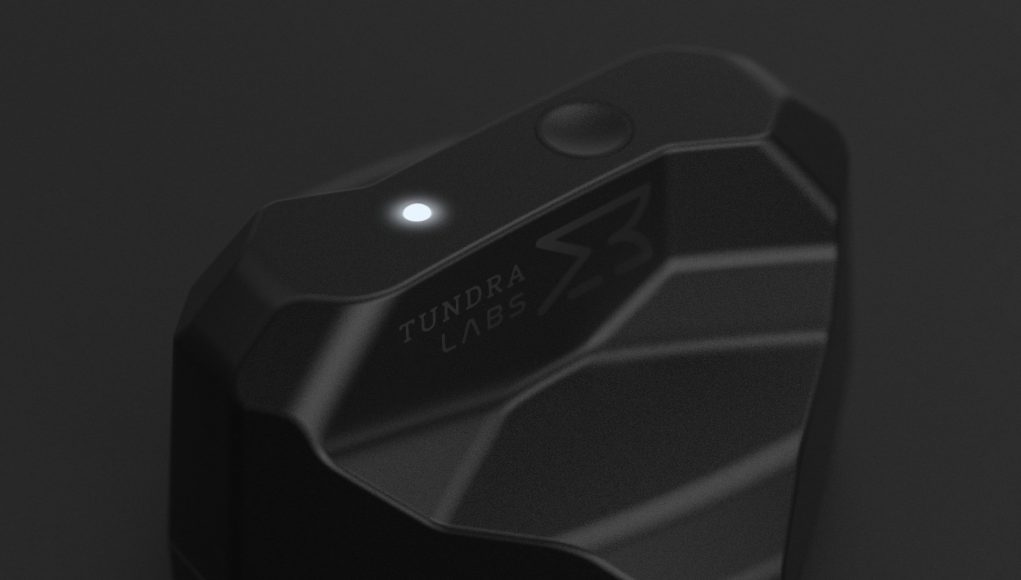Tundra Tracker, the upcoming SteamVR tracker alternative to the Vive Tracker, was originally expected to hold a Kickstarter in January, but the company behind the project, Tundra Labs, says the crowdfunding campaign has been pushed back in light of delays in component sourcing.

In the latest official update on the project, Tundra Labs notes, “Right now the semiconductor industry is going through incredible supply shortages due to a ‘double whammy’ of dropping factory capacity due to COVID-19 and skyrocketing demand also due to the pandemic. For this reason, since November 2020, we have been tracking components used in the Tundra Tracker and many are showing 26 to 30 week lead time for high volume deliveries. This means that If we place orders today, components may not be delivered until August. Thankfully we already started placing component orders in Q4 of 2020. We are also working directly with vendors to ‘pull in’ deliveries as much as possible and pay expedites when available.”
Given the long lead time, Tundra Labs says it has opted to delay the Kickstarter campaign to “shorten the time between when crowdfunding ends and when all backers receive their orders.”
The company now plans to launch the Kickstarter on March 29th for 30 days, and expects the first units to start shipping to early-bird backers starting in mid-June, while the bulk of backers can expect shipments in mid-September.
Beyond Kickstart plans, the company also revealed some more details on the Tundra Tracker’s design, including a closer look at how the swappable base plates will work.

“The rendering above demonstrates the production product design, especially about the swappable baseplates for Tundra Tracker. Based on feedback there will (at minimum) be options for an integrated strap loop baseplate as well as a backwards compatible with 1/4-20 mounts.” The company says it’s investigating additional base plates for other uses.
Tundra Labs also shared the first look at a functional prototype in action:
In addition to being smaller and lighter, Tundra Labs is aiming to make the price of the Tundra Tracker slightly less than the Vive Tracker, though pricing hasn’t been finalized yet. “We are still resolving the pricing question,” the company said in its latest update.







